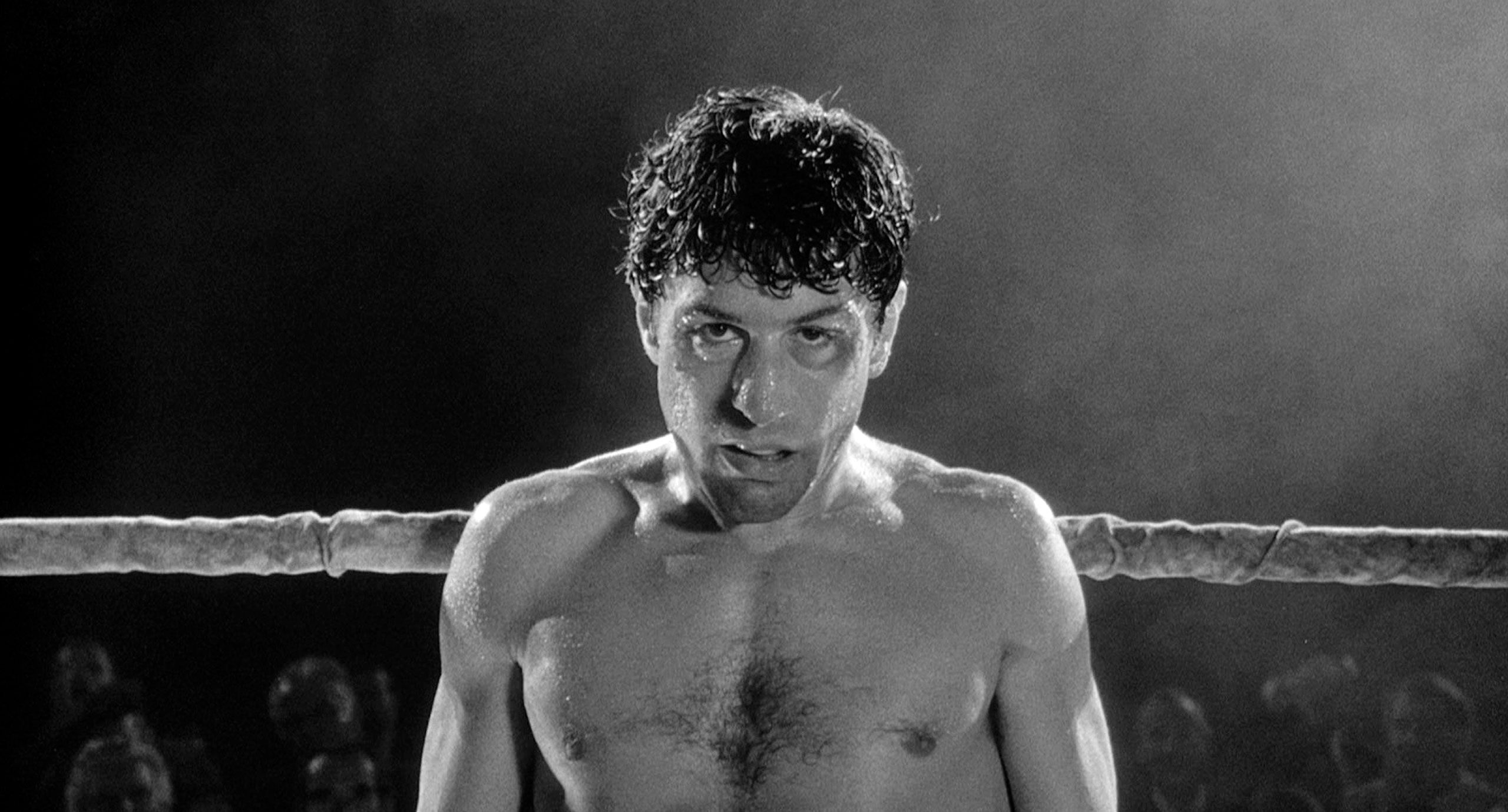Introduction to Raging Bull
Raging Bull, directed by Martin Scorsese, is a 1980 biographical sports drama film that is widely considered one of the greatest films ever made. The film stars Robert De Niro as Jake LaMotta, a boxer whose rage and jealousy destroy his life both inside and outside of the ring. Raging Bull is known for its raw and intense portrayal of LaMotta’s tumultuous life, as well as its innovative direction, stunning cinematography, and powerful performances.
Storyline and Plot Overview
Raging Bull follows the rise and fall of Jake LaMotta, a middleweight boxer who becomes the world champion but struggles with his own inner demons. The film explores LaMotta’s violent and self-destructive tendencies, as well as his toxic relationships with his brother Joey, played by Joe Pesci, and his wife Vickie, played by Cathy Moriarty. As LaMotta’s career begins to decline, he becomes consumed by jealousy and paranoia, ultimately leading to his downfall.
Character Analysis of Jake LaMotta
Jake LaMotta is a complex and deeply flawed character, portrayed brilliantly by Robert De Niro. LaMotta is a man driven by his own insecurities and violent impulses, which ultimately lead to his self-destruction. De Niro’s performance captures LaMotta’s inner turmoil and rage, as well as his vulnerability and humanity. LaMotta’s journey from a rising boxing star to a broken and lonely man is both heartbreaking and compelling.
Scorsese’s Direction and Style
Martin Scorsese’s direction in Raging Bull is nothing short of masterful. Scorsese uses innovative techniques such as slow-motion, black and white cinematography, and dynamic camera movements to create a visceral and intense viewing experience. Scorsese’s attention to detail and his ability to capture the raw emotions of his characters make Raging Bull a truly unforgettable film. Scorsese’s collaboration with De Niro and Pesci results in some of the most powerful and iconic scenes in cinema history.
Cinematography and Visuals
The cinematography in Raging Bull is stunning and groundbreaking. The film’s use of black and white photography gives it a timeless and gritty feel, while the dynamic camera movements and innovative editing techniques create a sense of urgency and intensity. The boxing sequences in particular are shot with incredible precision and skill, immersing the audience in the brutal and unforgiving world of the ring. The visuals in Raging Bull are not only beautiful to look at, but they also serve to enhance the emotional impact of the story.
Impact on the World of Film
Raging Bull has had a profound impact on the world of film, influencing countless filmmakers and setting a new standard for biographical storytelling. The film’s raw and unflinching portrayal of its protagonist’s inner turmoil and self-destruction has resonated with audiences around the world, cementing its status as a classic of American cinema. Raging Bull’s innovative direction, powerful performances, and stunning visuals have inspired generations of filmmakers to push the boundaries of storytelling and visual language.
Award Recognition and Accolades
Raging Bull was met with critical acclaim upon its release, receiving numerous awards and nominations, including eight Academy Award nominations and two wins for Best Actor (Robert De Niro) and Best Film Editing. The film’s impact on the world of cinema was further solidified when it was selected for preservation in the National Film Registry by the Library of Congress. Raging Bull’s accolades and recognition serve as a testament to its enduring legacy and influence on the art of filmmaking.
Controversies and Criticisms
Despite its critical acclaim and awards, Raging Bull has not been without its controversies and criticisms. Some have criticized the film for its portrayal of violence and misogyny, as well as its depiction of LaMotta as a sympathetic figure. Others have questioned the accuracy of the film’s portrayal of LaMotta’s life and career, claiming that it takes liberties with the truth for the sake of dramatic storytelling. While these criticisms are valid, they do not diminish the film’s overall impact and lasting legacy in the world of cinema.
Legacy of Raging Bull
Raging Bull’s legacy as one of the greatest films ever made is undeniable. The film’s raw and unflinching portrayal of Jake LaMotta’s inner turmoil and self-destruction has resonated with audiences for over four decades, solidifying its place in the pantheon of American cinema. Raging Bull’s influence can be seen in the work of countless filmmakers who have been inspired by its innovative direction, powerful performances, and stunning visuals. The film’s enduring legacy serves as a testament to its timeless relevance and artistic achievement.
Final Thoughts and Conclusion
Raging Bull is a cinematic masterpiece that continues to captivate and inspire audiences around the world. Martin Scorsese’s masterful direction, Robert De Niro’s powerhouse performance, and the film’s stunning visuals combine to create a visceral and unforgettable viewing experience. Raging Bull’s impact on the world of film cannot be overstated, as it has set a new standard for biographical storytelling and pushed the boundaries of cinematic language. As one of the greatest films ever made, Raging Bull will continue to be celebrated and studied for generations to come.

